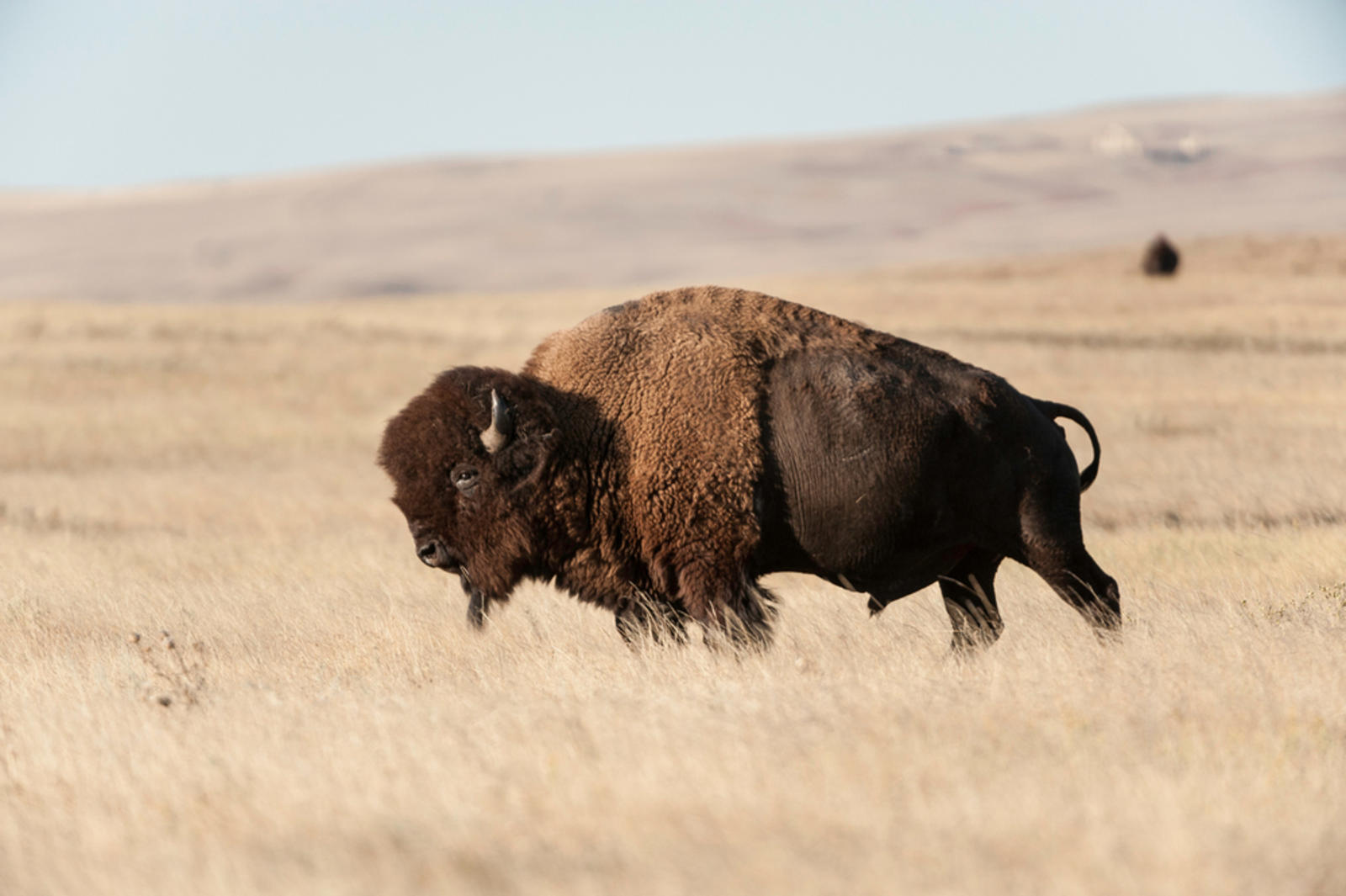
- Inspiring People -
- 3mins -
- 364 views
Bison Return to Lakota Reservation for First Time in 150 Years
Now that bison have repopulated national parks, the extra are being given back to Native Americans, and the buffalo are returning to Wolakota Buffalo Range in South Dakota for the first time since the 1870s.
Buffalo returning to Wolakota Buffalo Range for the first time since the 1870s
Around 400 of the iconic animals are to be transferred from a national wildlife refuge in Colorado to the Rosebud Sioux Reservation in South Dakota this October, with plans to eventually grow the herd to 1500. Bison play an immensely important role for the Lakota people, who consider them to be their relatives. The buffalo “provided us our shelter, our food, our weapons, our toys,” Charlotte Black Elk, a Lakota of the Pine Ridge Indian Reservation told ReturnToNow. “We played with the toe bones, that we called bone horses, and we made the ribs into sleds. So it provided us with everything. It’s also a spiritual connection…. It’s impossible to totally explain how important the buffalo is to us. The buffalo is life.”

A step toward “preparedness and resiliency” for native Americans who need to relearn hunting skills
Between 30 and 60 million buffalo used to roam the Great Plains, but by 1900 there were fewer than 1000 left in North America. Since then, restoration efforts have increased the number to 11,000 wild buffalo currently roaming on federal land in 12 states. Most of those are in Yellowstone National Park, Wind Cave National Park and Montana’s National Bison Range. (400,000 more, that have been crossbred with cattle, are managed on private land).
The populations in national parks have grown to the point they need more room
The Department of the Interior is collaborating with the World Wildlife Federation to move hundreds of the animals to various Native American reservations.
The Lakota of the Pine Ridge Reservation received several hundred a few years ago, and now the Lakota of the Rosebud Sioux Reservation are set to receive their share. The reservations’s 28,000-acre Wolakota Buffalo Range can support up to 1500 bison, and after the herd grows to that size, the tribe plans to hunt the animals for food. The nutritious food source comes just when it’s needed most as the coronavirus lockdowns are predicted to lead to meat shortages around the country.
“This is an extremely relevant project, especially now that we’re looking at the disruption of global food and supply chains,” Little Elk, CEO of the Rosebud Economic Development Corporation was reported as saying by ReturnToNow. “We’re going to need 10,000 more of these kinds of projects in North America.”
He see’s it as a step toward “preparedness and resiliency” for his people, who will have to relearn long-lost hunting skills.
“As our land was stolen, buffalo were the first casualty,” Little Elk said. The goal was “to literally destroy the food source and the supply and the livelihood of Native Americans.”
In addition to providing food security, the bison are expected to restore the reservation’s dying grasslands, as they have done in other parts of South Dakota.
“Bison tend to graze on the hoof,” WWF wildlife biologist Dennis Jorgensen told ReturnToNow. “They tend to graze on the move, and anecdotally, what we find is that they create more of a patchy environment.”
The hodgepodge of different habitats, in turn, supports a wider array of species. It’s not that bison “have some sort of magical quality,” he said. “But they have evolved with the system over 10,000 years and with grasslands over a much longer period.”
Source: ReturnToNow


